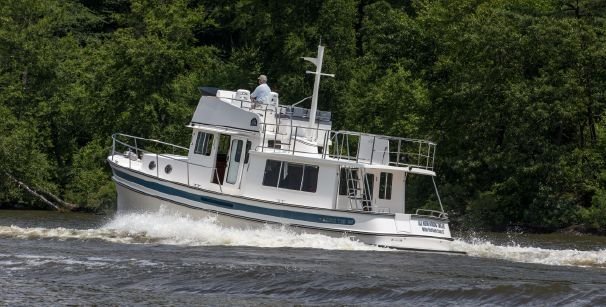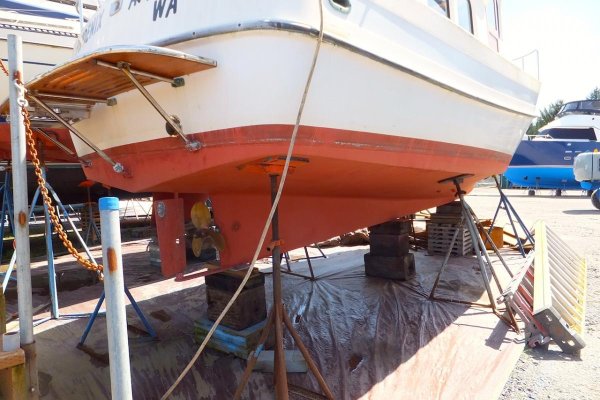Northern Spy
Guru
- Joined
- Feb 5, 2012
- Messages
- 4,092
- Location
- Canada
- Vessel Name
- Northern Spy
- Vessel Make
- Nordic Tug 26
So would my old sub would be a full displacement, or maybe a semi-displacement, or how about variable displacement, or negative displacement?
My wee Nordic Tug would hardly be a semi-planing boat. I think semi-displacement seems appropriate.
Edit for Marin (Hi Marin!):
Because it wallows like a pig! It does not even begin to see the glory of planing (I'm free, I'm free!) You lived in Hawaii as have I, have you not surfed, can you not feel the difference? That wobbly feeling when you put your knees up and the wave susses by you...
Semi-displacement vs. semi-planing is akin to glass half full to glass half empty. Of course, the engineer in me says "wrong size glass".
My wee Nordic Tug would hardly be a semi-planing boat. I think semi-displacement seems appropriate.
Edit for Marin (Hi Marin!):
Because it wallows like a pig! It does not even begin to see the glory of planing (I'm free, I'm free!) You lived in Hawaii as have I, have you not surfed, can you not feel the difference? That wobbly feeling when you put your knees up and the wave susses by you...
Semi-displacement vs. semi-planing is akin to glass half full to glass half empty. Of course, the engineer in me says "wrong size glass".
Last edited:







